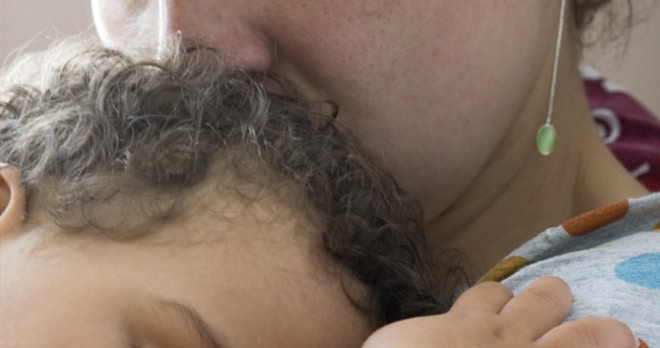How solicitors and midwifery experts work together during an Erb’s palsy claim

Erb’s palsy is caused by damage to one or more of the brachial plexus nerves, which run from the spine through the neck and down the armpit on both sides, immediately behind the collar bones (i.e., to the front of the shoulder) and into each arm. Frequently, Erb’s palsy is caused by trauma at birth, following shoulder dystocia.
Shoulder dystocia occurs when a baby’s shoulder becomes stuck under, or behind, the mother’s pubic bone at the point of birth, after the baby’s head has been delivered. This is a medical emergency, and if it is not dealt with rapidly and correctly, there can be serious, lasting injury to the child.
How midwifery experts help solicitors prove negligence
In any claim for clinical negligence, several issues need to be explored.
The first of these is to see whether the care provided by the defendant (usually the treating hospital in birth injury claims) was so bad as to be negligent. This is known as breach of duty of care.
The second is to see what – if any – otherwise avoidable harm stems from any negligence identified (causation). These must always be explored by reference to medical experts working in a relevant discipline.
In a claim arising from Erb’s palsy, the expert midwife’s role is therefore, almost always, to assess whether the care provided by the nursing staff both during the pregnancy and at birth fell below the acceptable standard. In order to make this assessment, they will review the medical records of both mother and child, usually by reference to a witness statement from one or both parents.
This instructed expert will assess the antenatal care provided to the mother, in order to see whether any risks of shoulder dystocia were appropriately identified.
The midwifery expert will then go on to review the management of labour carefully, and will assess carefully how shoulder dystocia was managed once it had been identified. In particular, they may wish to review:
1 - The number of pulls taken after the diagnosis of shoulder dystocia (n.b., it would be very difficult to diagnose that the baby’s shoulder is impacted without one pull, unless there were obvious signs like “turtle necking”, where the head tries to retract back into the vagina);
2 - The sequence of events following diagnosis of shoulder dystocia. Normally one would expect to see:
- an emergency call being made;
- the mother to be put in the McRoberts position, with knees drawn up towards the chest;
- suprapubic pressure to be applied prior to a further attempt to deliver the baby (the midwife will place both hands on top of your pubic bone and press down, to attempt to release the impacted shoulder), and, possibly,
- The “Pringles manoeuvre” (where the member of staff delivering the child inserts two fingers into the base of the vagina – rather as one would try to reach for the last Pringle in the tube – and attempts to extract the baby’s lower arm);
3 - The time taken from point of diagnosis of shoulder dystocia to delivery;
4 - Whether foetal compromise was present;
5 - The condition of the baby at birth;
6 - Any disparities between the parents’ version(s) of events and that provided by the medical records;
7 - If the records are not very clear, the child’s current health.
The midwifery expert will usually develop any concerns they have regarding the standards of care provided in a formal report.
Generally, legal teams explore the issues of breach of duty and causation first, and it is therefore likely that a midwifery expert would be one of the first that they would contact. Following receipt of a report, it is possible that the expert might assist at a meeting chaired by a barrister.
Erb’s palsy cases are complex, and may attract significant financial awards if pursued successfully, so it is vital that they are progressed with the assistance of a suitably specialised law firm with a dedicated clinical negligence team. Midwifery experts therefore tend to be of key importance, reflecting the fact that the initial diagnosis and response to shoulder dystocia is often made by midwives
If you have questions about Erb's palsy, as part of our next Erb's Palsy Clinic on 11 March 2020, our team, alongside medical experts and the mother of a child with Erb's, will discuss the latest developments and research in the field of Erb’s palsy. During this time, you will be invited to live chat 1-to-1 with our team, and even discuss your experiences to determine whether you may have a claim if you would like.